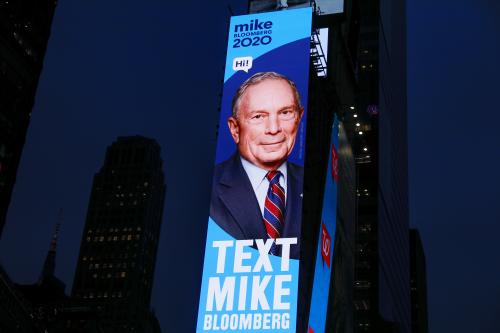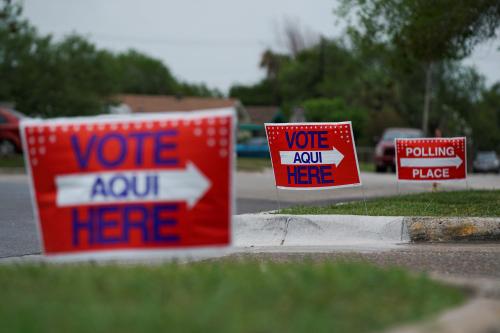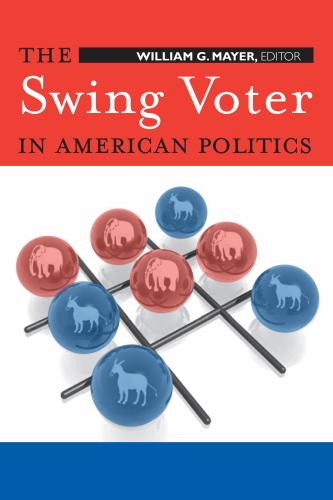Twitter recently announced that it will no longer allow political advertisements on its digital platform. Twitter CEO Jack Dorsey defined political ads as those sponsored by candidates or that discussed political issues; advertisements that discuss elections, candidates, parties, and overtly political content would be prohibited. Implementation of this decision, if possible at all, will have dire consequences for American democracy.
Defining a political advertisement is nearly impossible
Given the role of government in modern society, it is difficult to untangle electioneering activities from issue-based advocacy. Healthcare, education, business, entertainment, and religion are all intertwined with politics. Different policies on these issues will lead to significant changes in everyday life. Whether you are able to afford health insurance, send your children to a better school, buy imported goods at a low price, or receive tax deductions on donations to your local church, mosque, or synagogue are legitimate parts of democratic discourse.
It is vital that citizens and civic organizations that have a stake in these issues have the ability to express their point of view. As a major part of their constitutional rights, they need the opportunity to support or oppose candidates based on their policy stands. For example, Planned Parenthood may air ads in support of a candidate who supports abortion rights while a church may run ads that oppose such candidate. The former group views the ad as about healthcare issues, while the latter group views it as a religious advertisement, but in both cases, it is a political advertisement. There are numerous examples like this which highlight how difficult it is to determine whether an ad is political or not. The inherent difficulty in defining electoral advocacy and separating it from issue advocacy makes it almost impossible to implement such a ban effectively.
social media helps under-funded candidates
Even if social media companies could successfully define electioneering advertisements, the benefits of such a policy are unclear. Rather than being a well-thought policy, the decision seems to be a knee-jerk reaction to the criticisms about the role of the social media in politics.
The advances in our capacity to collect and analyze data has enabled us to run much more efficient marketing campaigns on social media platforms. This is done through targeting the users who are more interested in the topic of the advertisement and are more likely to react to it, a practice known as microtargeting.
With its low cost and high precision, microtargeting technology has quickly become a business and political necessity. It allows candidates with limited financial resources to communicate their message to specific audiences at a fraction of the cost of conventional communication channels. Banning the use of such technologies effectively secures the elections for the candidates with the greatest financial support from corporations and super PACs who can bankroll expensive marketing campaigns.
These technologies have already transformed the national political landscape. In his 2008 presidential campaign, Barack Obama pioneered the application of big data and microtargeting on social media, improving his chances of winning the presidency. More recently, a record number of women, Muslims, and people of color got elected into the 116th Congress. Many of these previously unknown politicians could win the office despite their limited financial resources thanks to their effective use of social media. America had its first African American president and its most diverse House of Representatives thanks to social media and microtargeting.
Twitter’s ban will not eliminate disinformation
The most plausible criticism of microtargeting is that it aids the dissemination of disinformation. The fact that such advertisements are targeted at a select group of individuals means the public will remain unaware of the inaccurate content and will not have a chance for rebuttal. Consider a candidate that creates a misleading attack advertisement about the opponent and targets it on only a select number of individuals who are most susceptible to believe the baseless accusations. The other contender may not learn about the advertisement’s existence to have a chance at defending against the attack.
This is an important problem because it may very likely lead to unfair outcomes. However, banning microtargeting will not solve the issue for two reasons. First, other social media platforms allow microtargeting so will shift ads to those venues. Twitter’s ban will not have any meaningful impact on the election as long as other firms are providing digital outlets.
Second, microtargeting is not exclusive to online platforms. Even if all social media companies banned election advertisements, candidates can still target specific groups of voters through mail, radio, cable television, and online videos. Incumbent and well-funded candidates already possess a tremendous amount of personal data on voters. They can very easily mine these data and target voters through alternative channels. That would exacerbate the disinformation problem.
More importantly, microtargeting voters outside of social media is significantly more expensive. High costs of microtargeting will inhibit new candidates’ ability to use this method and gives an upper hand to the well-funded candidates. Not only will well-established and well-funded candidates benefit from traditional media channels, but they will be the only ones who can afford to use them.
Policy recommendations
The problem with dissemination of disinformation in microtargeted advertisements is not efficiency, but a lack of transparency. If we inform the public, and especially political candidates, about the microtargeted advertisements during elections, they will have the chance to rebut the untruthful ads and defend themselves with the same tools used to attack them. While such datasets will be very large, our advances in computing technology and data analytics will enable candidates to easily mine the datasets, flag the ones that contain false information, and counter them with their own message.
We already have readily available databases of advertisements that are aired on TV or radio. It is technically simple to have social media companies build similar databases about the political advertisements on their platforms. Congress has already taken steps towards this direction through bills like the Honest Ads Act, which requires an “online platform [to] maintain, and make available for online public inspection in machine readable format, a complete record of any request to purchase [political advertisements] on such online platform.” Congress should be more specific about the details of the political ad purchases and mandate the social media companies include information about the content and the targeted audience of the advertisements in their databases. This will easily allow every candidate, journalist or interested citizen to know about the ad on social media and reach out to the same audience with appropriate counter messages. Improved ad transparency would help fight disinformation and give voters the information they need to protect their interests.










Commentary
Twitter’s ban on political advertisements hurts our democracy
January 8, 2020